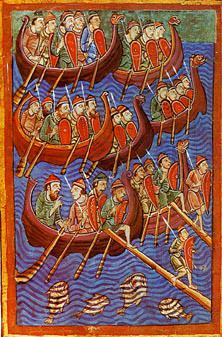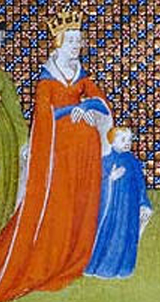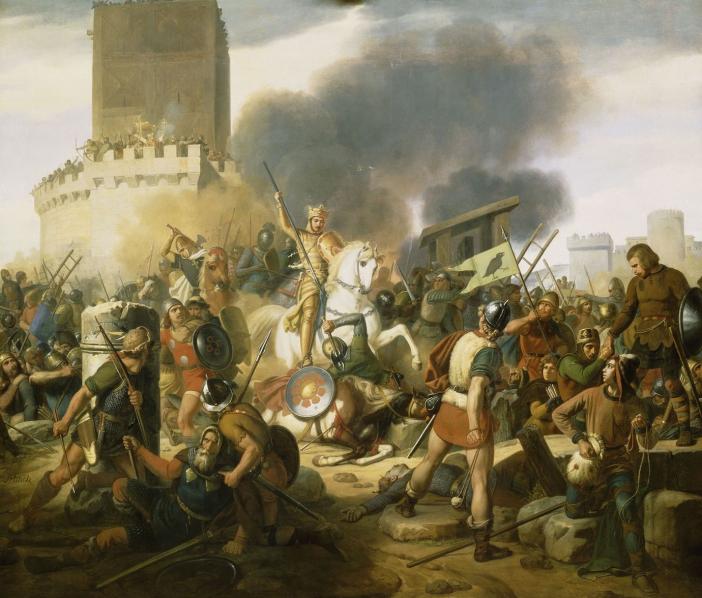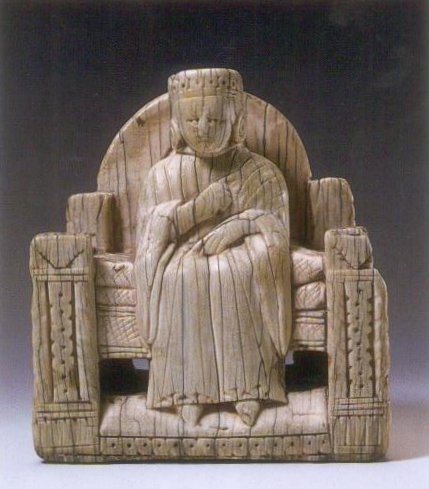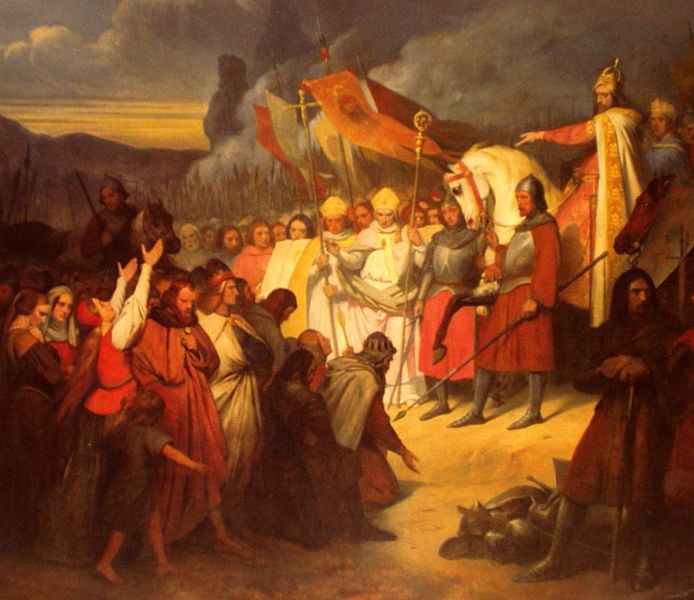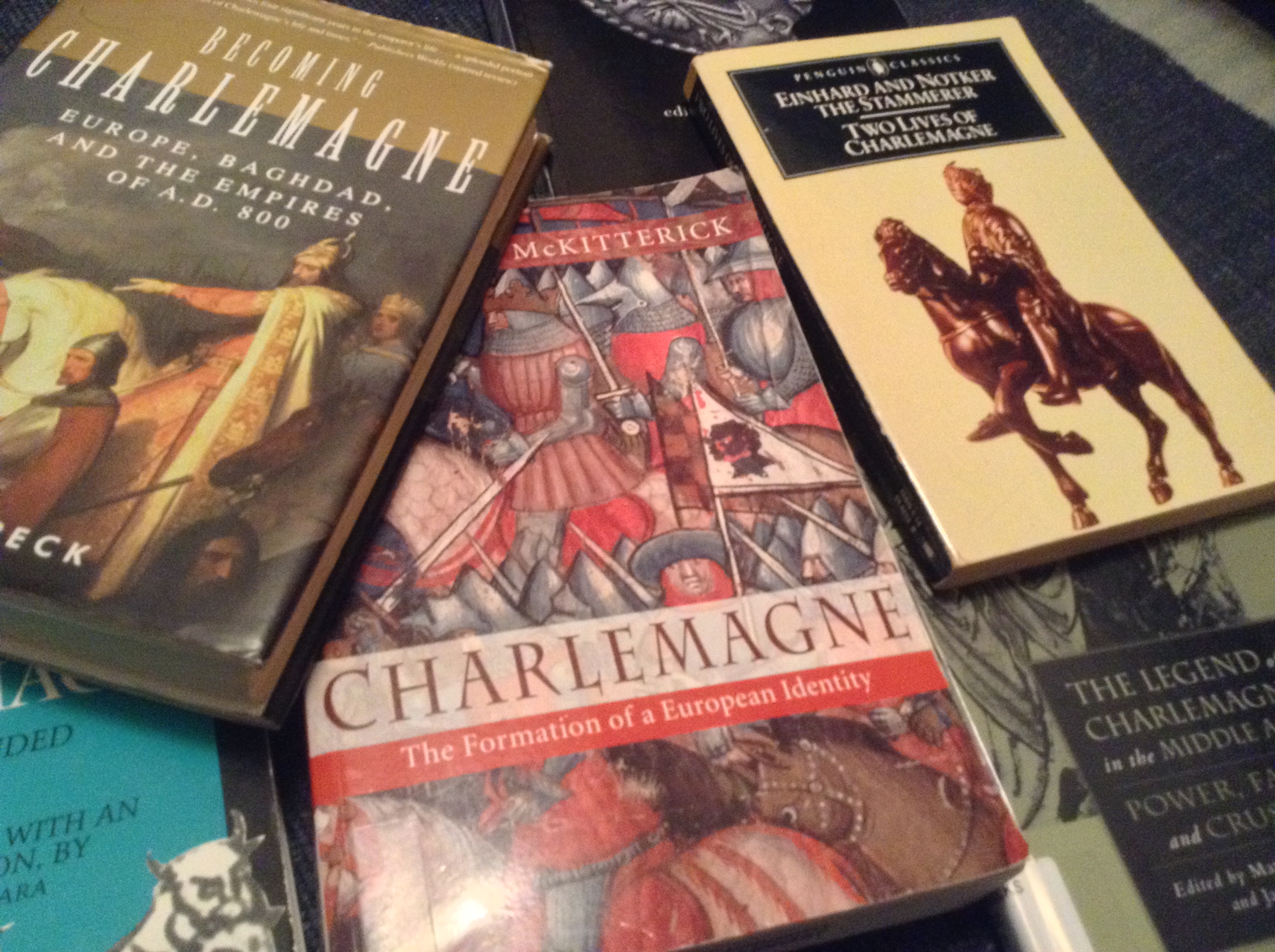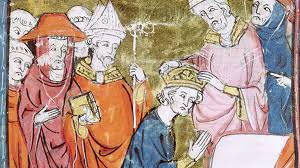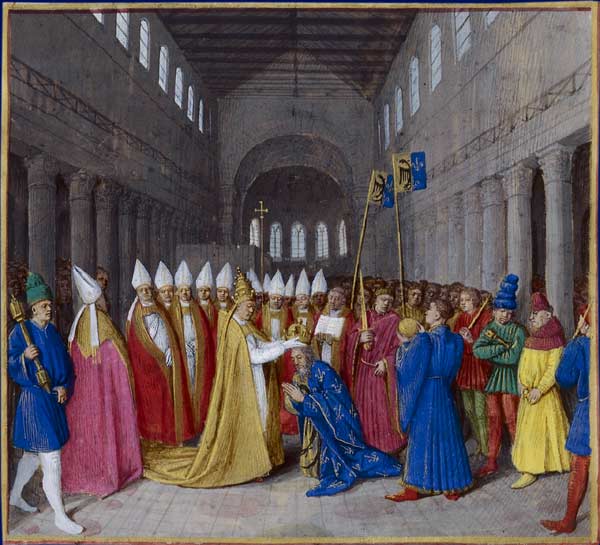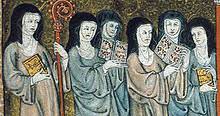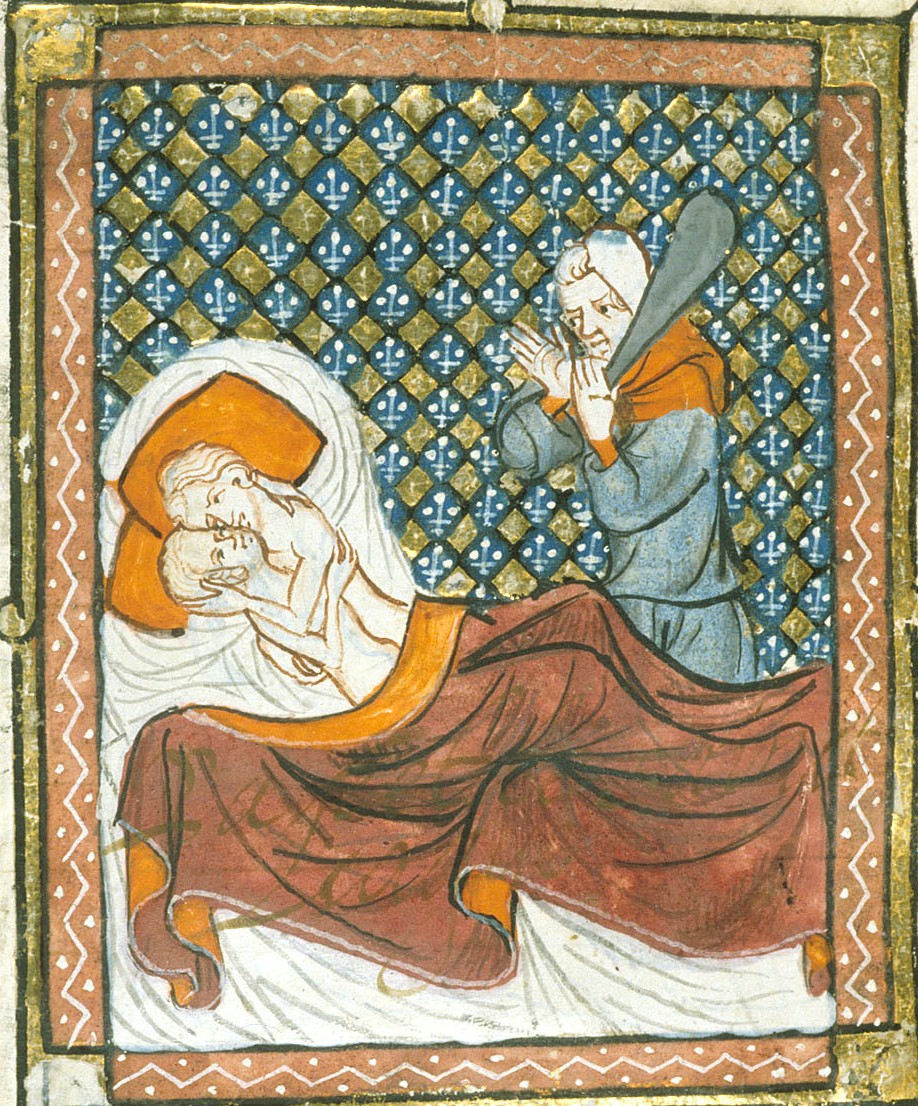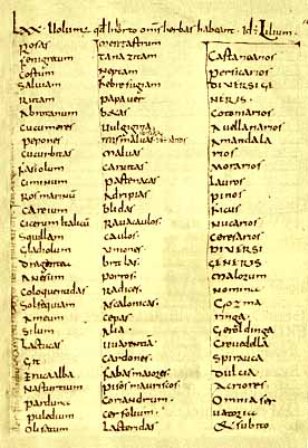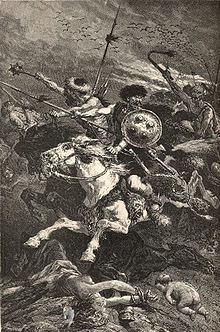How Destructive were the Vikings?
Danielle Trynoski reports on the paper “How Much Material Damage Did the Northmen Do in Northern Europe?” given by Lesley Anne Morden
Making a difference in tenth-century politics: King Athelstan’s sisters and Frankish queenship
In the early years of the tenth century several Anglo-Saxon royal women, all daughters of King Edward the Elder of Wessex (899-924) and sisters (or half-sisters) of his son King Athelstan (924-39), were despatched across the Channel as brides for Frankish and Saxon rulers and aristocrats. This article addresses the fate of some of these women through an analysis of their political identities.
Charles the Fat and the Viking Great Army: The Military Explanation for the End of the Carolingian Empire
In late July 885 a large Viking fleet gathered at the mouth of the River Seine and began to move upstream in the direction of Paris.
Queenship, Nunneries and Royal Widowhood in Carolingian Europe
Fulk‟s letter therefore introduces us to some central aspects of Carolingian thinking about the appropriate behaviour of laywomen especially, and serves as a way into the principal themes of this article. In particular, it is noticeable that the archbishop highlighted his expectations of Richildis in two roles: her supposed misdemeanour was concerned specifically with a failure to meet her obligations as a widow and as a queen.
Charlemagne and Europe
Jinty Nelson examines the long association between Charlemagne, King of the Franks and Christian emperor of the West, and Europe.
Was Charlemagne a Mass Murderer?
Did the ‘Massacre of Verden’ actually happen with 4500 people dying in a single day? Was Charlemagne justified in his actions?
Advocating change: monasteries, territories and justice between East and West Francia, 11th-12th centuries
This article looks at the question of the formation of territorial principalities in western Europe through the issue of ecclesiastical advocacy.
Charlemagne Father of the Continent. The Ideology of the European Christian Empire
Did ever Charles the Great had such a modern European ideology or it is just about a forced modernization of his ideas.
Books on Charlemagne
Those interested in the life and reign of Charlemagne will there are many books about him. Here are a just few, including primary sources, biographies, studies focused on particular aspects of his rule, and his legacy throughout the Middle Ages.
Under the aegis of the saints. Hagiography and power in early Carolingian northern Italy
This article gives an overview of the features, choices, tastes and models of sanctity characteristic of Italian hagiography, against the background of local contexts and political competition.
Carolingian-era mass grave discovered in France
The bodies of between twenty and thirty people have been discovered in a well by archaeologists in France.
Is the Author Really Better than his Scribes? Problems of Editing Pre-Carolingian Latin Texts
Latin texts composed after ca. 600 and before the Carolingian writing re- forms that began in the late eighth century present problems that editors rarely have to face when working on classical texts (including most writings of late antiquity), or texts written after ca. 800.
Charlemagne: A Frank Analysis of Imperialism in the 8th and 9th Centuries
Charlemagne has been approached by historians because of the pivotal role he fills as the Father of a Continent. His kingdom spread across Europe and renewed the culture of the Western World; a “mini-Renaissance” that shifted the focal point of Europe away from crumbling Rome.
Merovingian and Carolingian Empires: An Analysis of Their Strengths and Weaknesses
In this research paper I will analyze the achievements and the destruction of the Merovingian Empire to demonstrate how both provide a basic structure of government for the Carolingians to adopt.
Behind the Veil: The rise of female monasticism and the double house
In this thesis I aim to restore the contemporary views of female monasticism that have been marginalized in current historiography. By evaluating the primary source material on women in monasticism, I intend to recapture the complex links between female religious communities and the wider social, cultural and political world of the Frankish kingdoms.
Poultry and Predators in Two Poems From the Reign of Charlemagne
Poultry and Predators in Two Poems From the Reign of Charlemagne By Jan Ziolkowski Denver Quarterly Volume 24, no. 3 (1990) Introduction: Were…
A Great Carolingian Panzootic
This paper considers the cattle panzootic of 809-810, the most thoroughly documented and, as far as can be discerned, spatially significant livestock pestilence of the Carolingian period (750-950 CE).
The Liber Historiae Francorum – a Model for a New Frankish Self-confidence
The Liber Historiae Francorum – a Model for a New Frankish Self-confidence Philipp Dörler Networks and Neighbours, Volume One, Number One (2013) The…
Inquiring into Adultery and Other Wicked Deeds: Episcopal Justice in Tenth- and Early Eleventh-Century Italy
This article suggests that Italian bishops often had recourse to spiritual penalties to exercise their coercive authority over serious offences during the tenth and early eleventh centuries.
Word of Mouth: Charlemagne’s Capitulare de Villis
Xavier Riaud examines The Capitulare de Villis, one of Charlemagne’s documents which has a surprising dental content.
Louis the Pious and the Conversion of the Danes
This paper was part of a very interesting session on the Early Middle Ages. The papers covered Eastern European Infant Burial, the archaeology of medieval feasting and conversion. This paper contrasted the conversion policies of Charlemagne versus those of Louis the Pious.
Barbarians to the Balkans
In the High Middle Ages, in a now clearly articulated opposition between the West and the East, Europe and the Balkans began to emerge and be fixed as distinct and hostile entities. In Crusading chronicles, the Balkan lands lay on the way from Europe to the Holy Land. In the late twelfth and in the thirteenth centuries, the conventional separation line between the civilized and barbarian world, identical with the river Danube, began to break down and the barbarians came to be located in the Balkans.
The Making of Men, not Masters: Right Order and Lay Masculinity According to Dhuoda and Nithard
Setting Nithard’s and Dhuoda’s works in dialogue with one another, this study seeks to explore how the conflicts of the early 840s may have triggered reevaluations of contemporary ideals regarding lay masculinty. At the core of both authors’ works is the understanding that the problems the realm was facing at that time were primarily due to no- blemen’s expression of unmanly modes of conduct.
Questioning the Accepted Techniques for Sword-Forging in Anglo-Saxon England and in Frankish Europe
Frankish swords were absolutely crucial to the rise of the Carolingian empire and they played a major role in Afro-Eurasian commerce during this period.
Edition, Translation, and Exegesis: The Carolingians and the Bible
In their attention to philological procedures and details, to the work of editing, revising, and translating, ninth-century scholars made a lasting contribution to the ways in which Europeans would think about the Bible.
